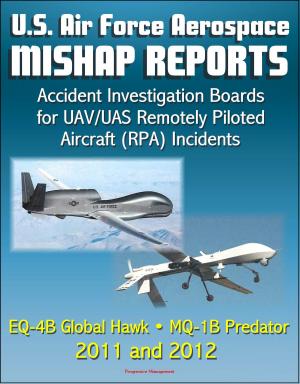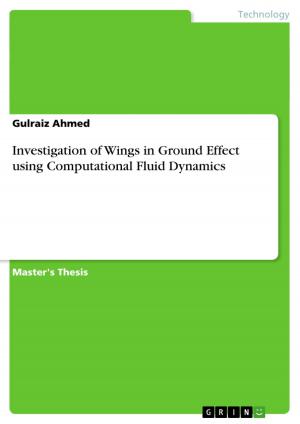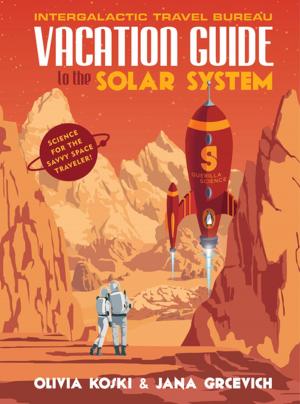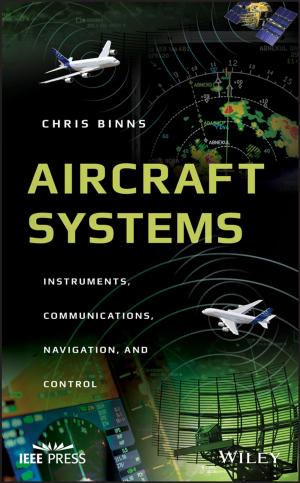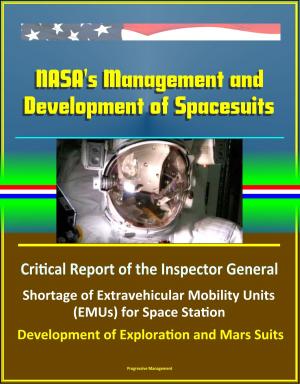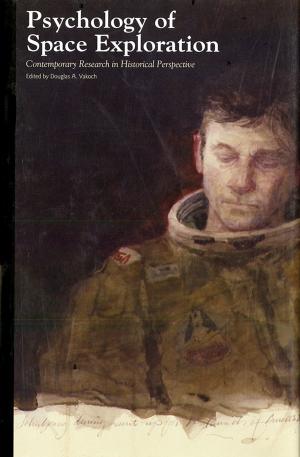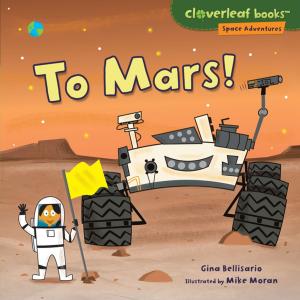| Author: | 'Caius Axim' | ISBN: | 1230002577906 |
| Publisher: | GTC | Publication: | September 27, 2018 |
| Imprint: | Language: | English |
| Author: | 'Caius Axim' |
| ISBN: | 1230002577906 |
| Publisher: | GTC |
| Publication: | September 27, 2018 |
| Imprint: | |
| Language: | English |
Time of Contact, Edition 1.6 analyses many detailed reports of alien craft, their users, and their activities. These reports and analyses may help us to develop or acquire the advanced, non-polluting propulsion, hull and user protection and energy generation and storage systems we need here on the Earth. We will also be able to explore our solar system in large, safe, and fast crewed spacecraft and eventually travel to other star systems.
Time of Contact 1.6 is inspired by our space science discoveries including (according to NASA) over 3,700 'exoplanets' we have confirmed are orbiting other stars including Proxima Centauri the closest star to our Sun; there may be billions of exoplanets just in our galaxy, and millions of these may be habitable.
We have detected liquid water (essential for our type of biological life) and water ice on Mars, and water vapour in the atmospheres of some exoplanets. We have discovered there may be more liquid water inside one or more of the moons of Jupiter or Saturn than in all the oceans on the Earth.
Our vehicles exploring Mars have sent back images of objects that do not resemble rocks or sand and phenomena which may not be natural. These Martian 'anomalies' may be evidence of the past or present activities of non-human beings.
Our detection of natural gravitational waves from space may help us to understand the gravity-like synthetic acceleration force fields which seem to propel and protect unfamiliar or “alien” aerospace or underwater craft that have been reported.
Time of Contact, Edition 1.6 analyses many detailed reports of alien craft, their users, and their activities. These reports and analyses may help us to develop or acquire the advanced, non-polluting propulsion, hull and user protection and energy generation and storage systems we need here on the Earth. We will also be able to explore our solar system in large, safe, and fast crewed spacecraft and eventually travel to other star systems.
Time of Contact 1.6 is inspired by our space science discoveries including (according to NASA) over 3,700 'exoplanets' we have confirmed are orbiting other stars including Proxima Centauri the closest star to our Sun; there may be billions of exoplanets just in our galaxy, and millions of these may be habitable.
We have detected liquid water (essential for our type of biological life) and water ice on Mars, and water vapour in the atmospheres of some exoplanets. We have discovered there may be more liquid water inside one or more of the moons of Jupiter or Saturn than in all the oceans on the Earth.
Our vehicles exploring Mars have sent back images of objects that do not resemble rocks or sand and phenomena which may not be natural. These Martian 'anomalies' may be evidence of the past or present activities of non-human beings.
Our detection of natural gravitational waves from space may help us to understand the gravity-like synthetic acceleration force fields which seem to propel and protect unfamiliar or “alien” aerospace or underwater craft that have been reported.

